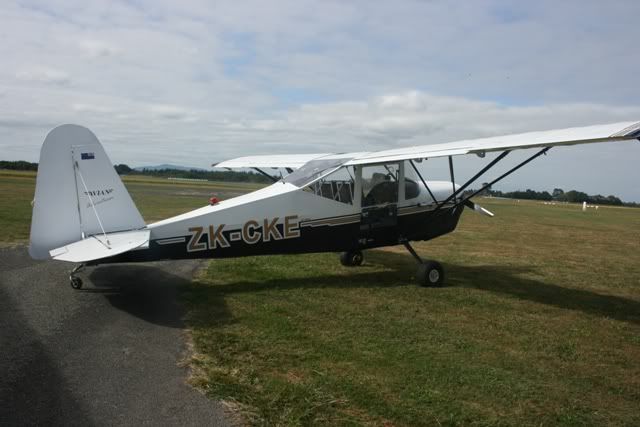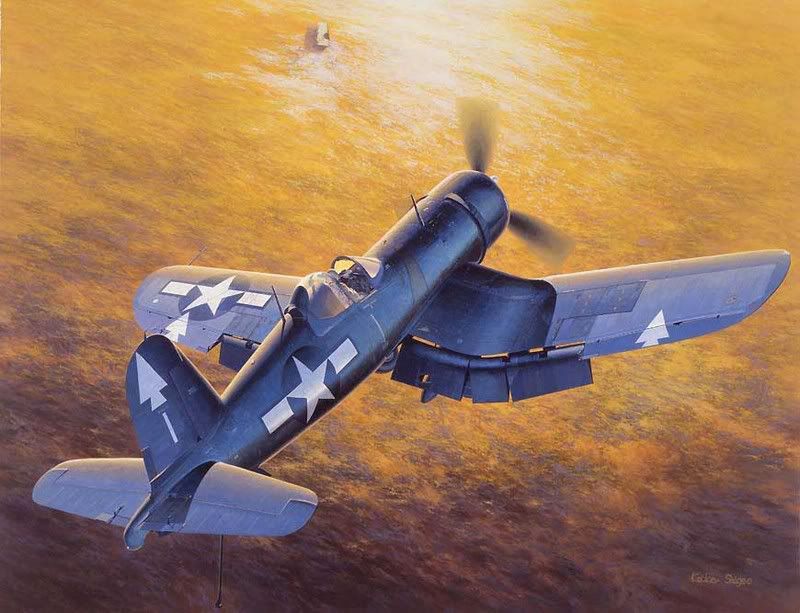Post by tibor on Oct 19, 2006 8:06:07 GMT 12
From stuff.co.nz:
Army puts spy planes to the test
19 October 2006
By HANK SCHOUTEN
The army is trialling US and Israeli-made military drone spy planes and is also about to test six similar experimental New Zealand-made aircraft.
The small pilotless aircraft – also known as unmanned aerial vehicles (UAVs) – are used for intelligence, surveillance and reconnaissance flights. They commonly carry video, still and infrared cameras. Assistant chief of general staff (development) Colonel Roger McElwain said the infantry began a two-day demonstration of the UAVs at Waiouru yesterday.
He told the defence industry conference in Wellington that the purpose was to test the concept, expose soldiers to the capability and to work out how UAVs could be used by the army.
The US drone, the Silver Fox, has been used by US forces in Iraq. It has a 2.4-metre wingspan, is powered by a small internal combustion engine and can cruise at about 100km/h for more than eight hours.
The Israeli UAV is the Skylite B made by Rafael Armament Development Authority. It is about the same size but is powered by an electric motor and can stay airborne for more than 90 minutes.
The New Zealand-made drones – the size of a large model aeroplane – have been designed and made by the Defence Technology Agency in Auckland.
They have a two-metre wingspan and fly without the need for direct control. They are powered by an electric motor and can fly for about an hour, Defence Technology Agency director Stephen Wilce said.
He said it was a concept demonstrator developed to research the use of UAVs. It had a ground control unit, which made it very easy to operate. Once launched, the operator just tapped in the coordinates and the plane flew itself to that location. He said overseas operators of similar UAVs were impressed with the simplicity of the unit.
Video or still images can be sent back from the UAV while in flight or recorded for playing back later. The agency has built eight UAVs. The army has paid $100,000 for six of them and will begin testing them next month.
They could also be used by fisheries, Customs and police, Mr Wilce said.
Army puts spy planes to the test
19 October 2006
By HANK SCHOUTEN
The army is trialling US and Israeli-made military drone spy planes and is also about to test six similar experimental New Zealand-made aircraft.
The small pilotless aircraft – also known as unmanned aerial vehicles (UAVs) – are used for intelligence, surveillance and reconnaissance flights. They commonly carry video, still and infrared cameras. Assistant chief of general staff (development) Colonel Roger McElwain said the infantry began a two-day demonstration of the UAVs at Waiouru yesterday.
He told the defence industry conference in Wellington that the purpose was to test the concept, expose soldiers to the capability and to work out how UAVs could be used by the army.
The US drone, the Silver Fox, has been used by US forces in Iraq. It has a 2.4-metre wingspan, is powered by a small internal combustion engine and can cruise at about 100km/h for more than eight hours.
The Israeli UAV is the Skylite B made by Rafael Armament Development Authority. It is about the same size but is powered by an electric motor and can stay airborne for more than 90 minutes.
The New Zealand-made drones – the size of a large model aeroplane – have been designed and made by the Defence Technology Agency in Auckland.
They have a two-metre wingspan and fly without the need for direct control. They are powered by an electric motor and can fly for about an hour, Defence Technology Agency director Stephen Wilce said.
He said it was a concept demonstrator developed to research the use of UAVs. It had a ground control unit, which made it very easy to operate. Once launched, the operator just tapped in the coordinates and the plane flew itself to that location. He said overseas operators of similar UAVs were impressed with the simplicity of the unit.
Video or still images can be sent back from the UAV while in flight or recorded for playing back later. The agency has built eight UAVs. The army has paid $100,000 for six of them and will begin testing them next month.
They could also be used by fisheries, Customs and police, Mr Wilce said.







